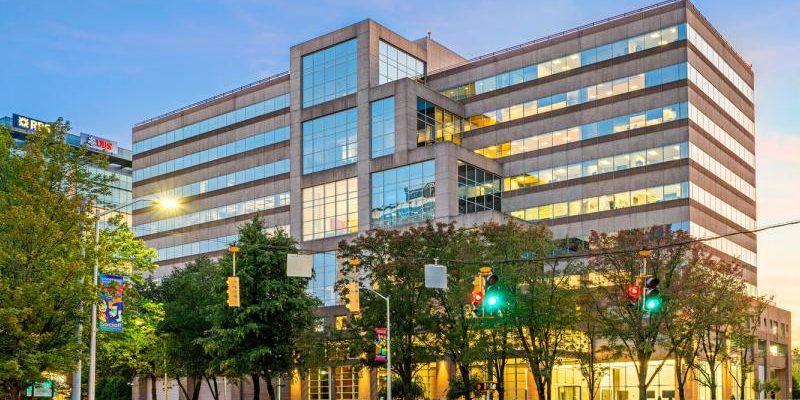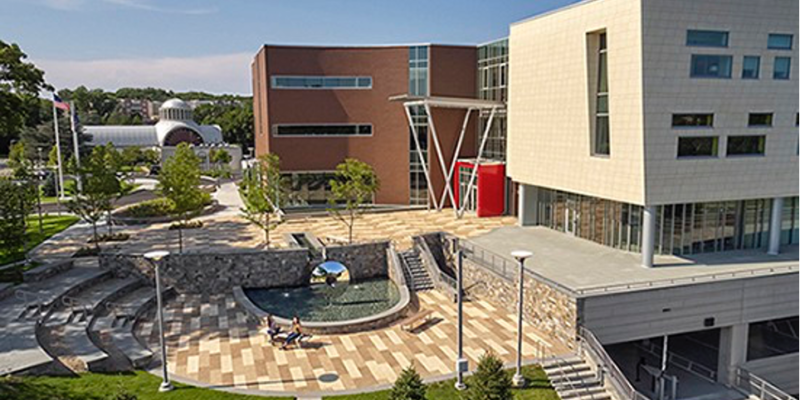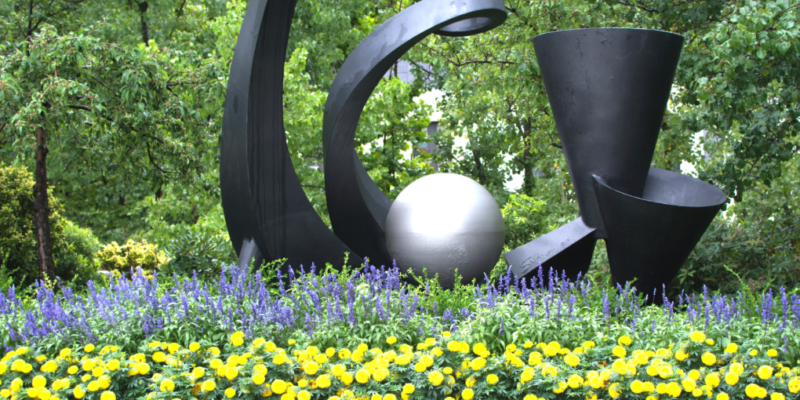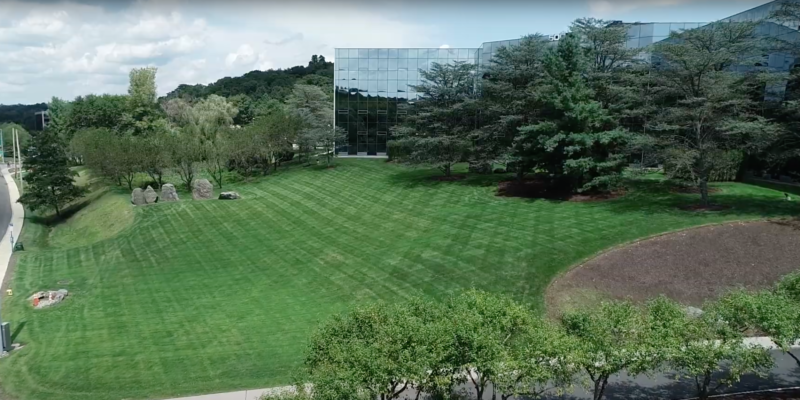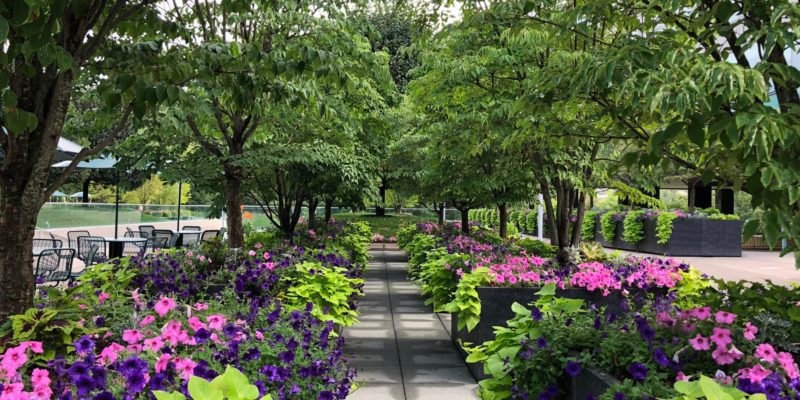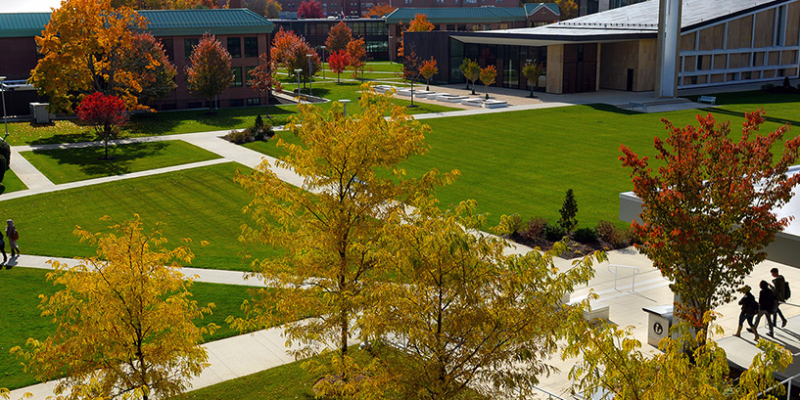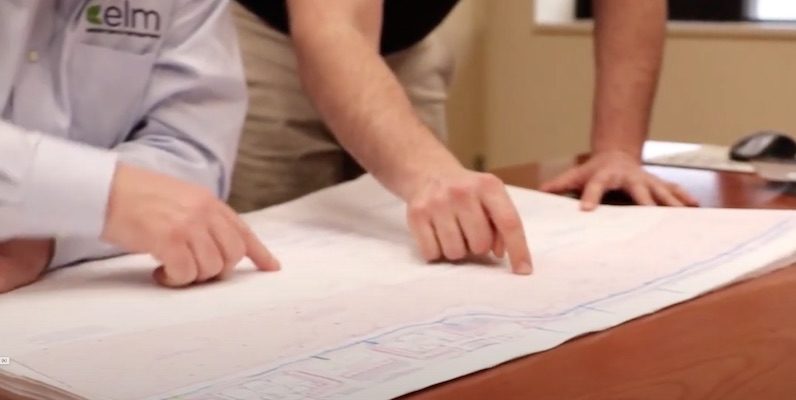If you’re a commercial property or facility professional, RFPs – Request for Proposals – will sooner or later fall within your task bucket.
As a procurement tool, RFPs can be a great leveler. But they also don’t tell the whole story; they can feel like tedious wheel reinvention for both parties, and when they’re ‘kitchen sink’ approaches – or ask for everything but, there is no room for differentiation.
We think there’s a better way.
With spring start-up season just around the corner, here’s our advice for tailoring your landscape services RFP to give you the best partner for the job.
Why RFPs can be a race to the bottom
Service companies that respond to RFPs essentially engage in a bidding way, ending up in a pool of contractors who compete on price. When landscape companies compete on price, it’s because they often look for cheaper options to deliver on apples-to-apples specs. The bad news for property and facility professionals who contract landscaping services through RFPs is that you get what you pay for – a hamster wheel of RFP-won contractors who cut corners on innovation to offer price instead of value.
We believe that value is a competitive advantage. When you eliminate value, you lose the upside value brings. In the ever-increasing, ever-complex world of collaborative service partnerships, an ill-conceived RFP can yield more problems than solutions.
How to make RFPs a win-win
For both landscape services contracts and complex landscaping projects—those with upgrades, renovations, and performance and environmental improvements—a well-written RFP can be effective at filtering out weak players. To create a consistently good RFP and RFP process, think about shaping your RFP as an RFV – or Request for Value.
In addition to describing what you and your commercial property or facility needs and your expectations for delivery, include specs for your sustainability goals and context for what the landscaping itself will meet, such as: key site performance indicators for carbon neutral or LEED. Include the ‘need to haves’ and the ‘nice to haves’, criteria for curb appeal and improved asset value, and communicate actual timelines with a realistic deadline for the contractor to respond.
Avoid generalities, proof-read for typos, edit for clarity, and eliminate redundant questions and contradictory requirements. If your RFP-issuing team is not clear on specs, risk mitigation, and expected outcomes, go back to the drawing board to make it better and tighter.
A cautionary note about AI-enabled technology: When the RFP response process is automated, do the math. While automation offers efficiencies and fills out things at a much quicker pace, the scope piece – when compared to non-automated bids – may not add up. Always double check to make sure you’re not getting apples-to-oranges.
If you’re looking to save cost, remember: low-bid doesn’t tell the whole story. The best return on investment will always be calculated by actual and perceived value, and the long-term value that comes from a strong relationship.
We do our best work when we work with people—face to face, building connections, friendships, and opportunities to gain trust. Our advice? Use your RFP as a solid starting point. A way to open the door and start a conversation, and a way to make sure you’re getting more than a team of qualified vendors, but a strategic partnership where value is created and delivered every step of the way.
Spring is the time of renewal in nature and in the procurement office. If you’re renewing your contracts, seeking to find a new landscape partner, or interested in keeping the conversation going, give us a call.
We’re listening.
Contact President Bruce Moore Jr. (203) 316-5433.
Bruce Moore Jr. is a second-generation landscape industry leader and President of Eastern Land Management, a full-service commercial landscaping business serving the property and facility market in Fairfield County Connecticut and Westchester County New York.
Bruce is an active member of BOMA Westchester County and BOMA Southern Connecticut. He currently serves on BOMASoCt board of directors.
www.easternland.com


